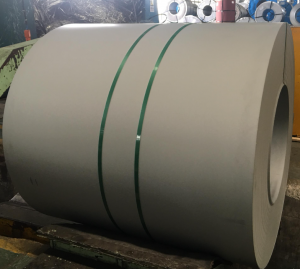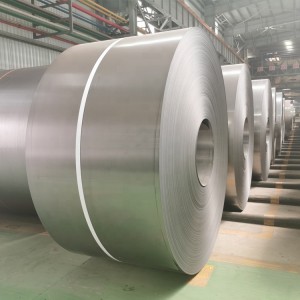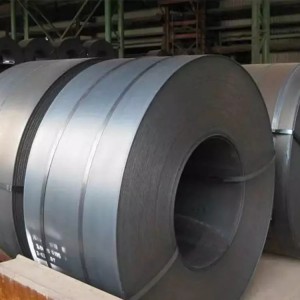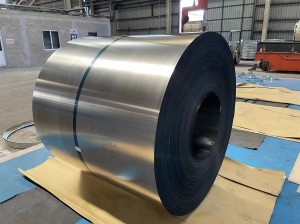In the steel business, friends often encounter these varieties, and there are also friends who often cannot tell the difference between them:
Is pickling classified as cold rolling or hot rolling?
Is cold forming classified as cold rolling or hot rolling?
Is hard rolling the same as cold rolling?
These are the tortures that hit the soul in the steel trade. Confusing categories can easily lead to transaction risks and disputes and claims.
When analyzing the varieties, the first thing to clarify is the definition of these products. These common names usually refer to low carbon steel coils:
Pickling: usually refers to products in which hot-rolled steel coils undergo a pickling unit to remove surface oxide scale.
Hard rolling: usually refers to the hot-rolled steel coil that has been pickled and then thinned by a cold rolling mill, but has not been annealed.
Cold rolling: usually refers to the product of hard rolled coils that have been completely or incompletely annealed.
Cold forming: usually refers to hot-rolled pickled thin strip produced through ESP continuous casting and rolling process.
Differences in production processes
To understand these four products, you must understand the differences in production processes.
Pickling, hard rolling, and cold rolling products are products at different stages in the traditional production process. Pickling is the product of hot rolling to remove scale, and hard rolling is the product before cold rolling and annealing.
However, cold forming is a new product produced by the ESP production line (which combines the two processes of continuous casting and hot rolling into one unit). This process has the two characteristics of low cost and thin hot rolling thickness. It is the preferred choice among many domestic steel plants. The main direction of attack in recent years.
Comprehensive performance and application differences
Compared with hot rolled coils, the base material of pickled steel plate has not changed and is often used in situations where hot rolled steel coils have higher surface quality requirements. The common brand is SPHC, commonly known as "pickling C material" in the industry.
The price of hard rolled coil is not cheap, and the formability and surface quality are not good, so it is usually only used in some specific industries with thin specifications and low performance requirements, such as umbrella ribs or factory lockers. The common grade is CDCM-SPCC, commonly known as "cold hard C material" in the industry.
The overall performance of cold rolled steel coils is very good, but the disadvantage is that it is the most expensive (the most processes, the highest cost). The common grade is SPCC, commonly known as "cold rolled C material" in the industry.
The forming performance of cold formed coils is much better than that of hard-rolled coils, but not as good as that of cold rolled steel coils (mainly affected by heat treatment capabilities and large flattening work hardening after pickling). The outstanding advantage is that the cost is very low, especially in the thickness range of 1.0~2.0, which is used to replace cold-rolled products that do not require high forming requirements (such as rolling, bending, etc.).
Finally some suggestions:
1. China has the largest number of ESP production lines in the world. Based on the principle that the more it does, the faster it develops, this series of processes may develop into a huge low-cost lineage in a few years. (Including semi-endless rolling and roll cast thin plates). There may be great competition in low-carbon steel in the future, but when the cost of raw materials becomes lower, products made in China will become more competitive internationally.
2. Cold-formed coils are also high-quality hot-dip galvanized substrates. The original poor mechanical properties can be improved in the annealing process of the hot-dip galvanizing unit, and hot-dip galvanized products for deep drawing can be produced. In addition, its cost has the advantage of rolling over hard-rolled hot-dip substrates produced by traditional processes.
3. The name of ESP products is relatively confusing, and there is no complete agreement.




Post time: Nov-10-2023